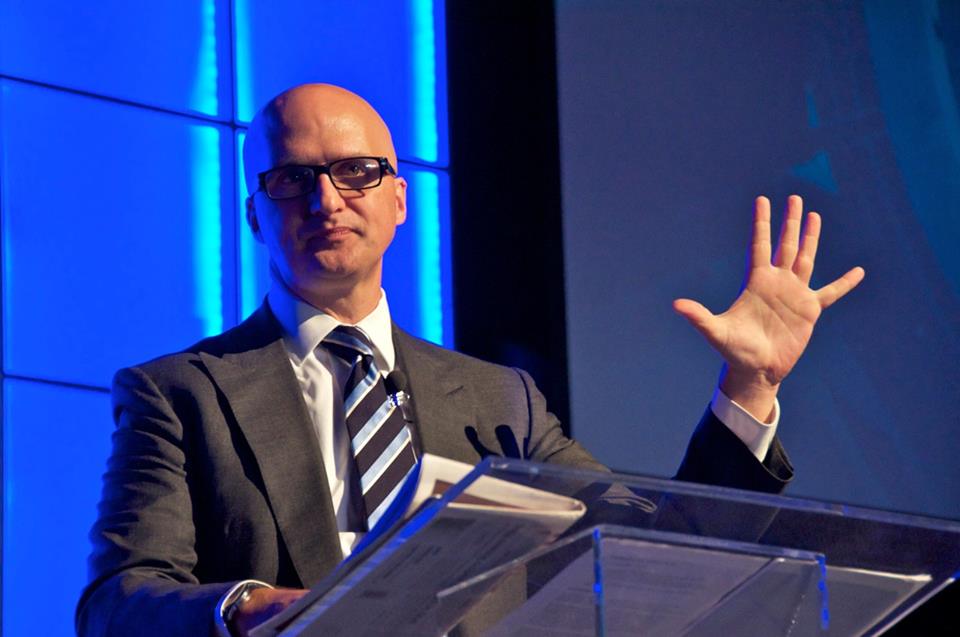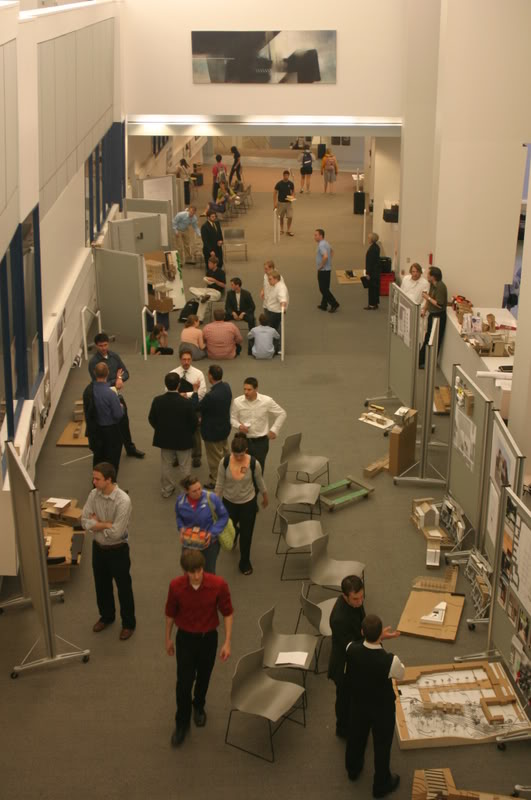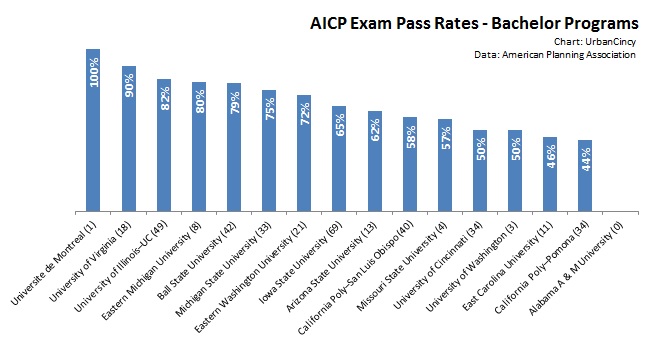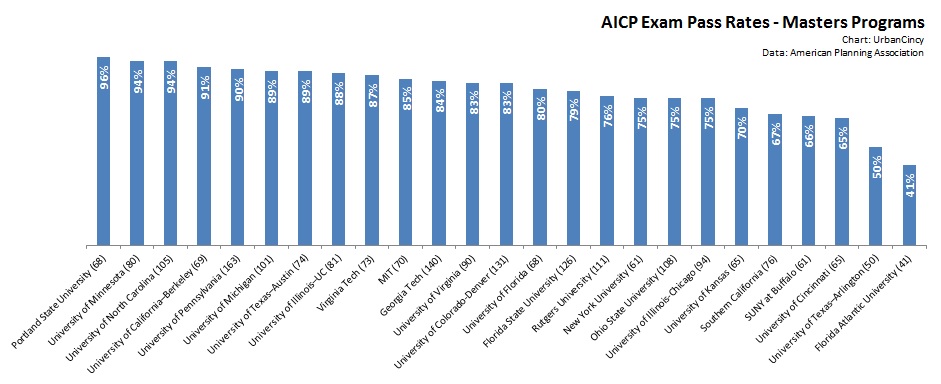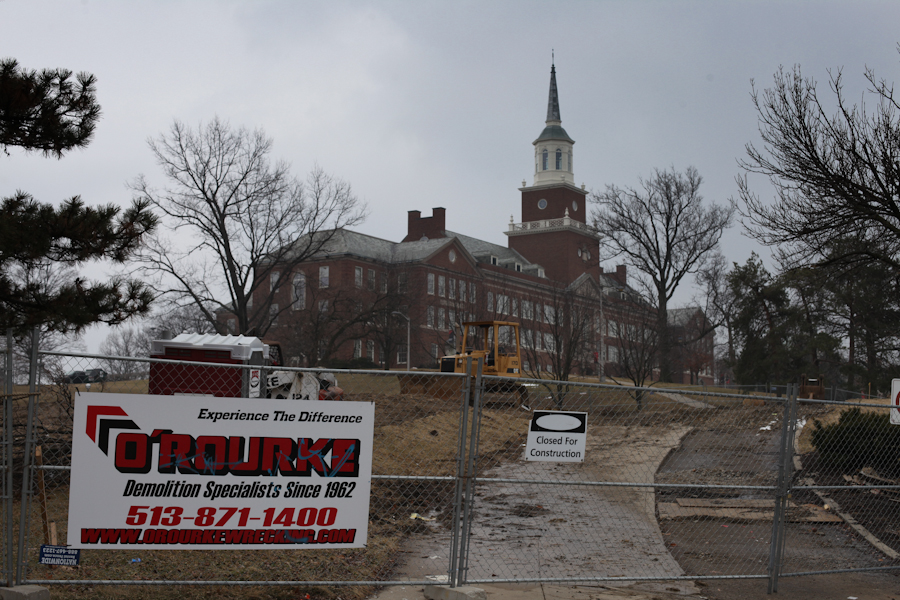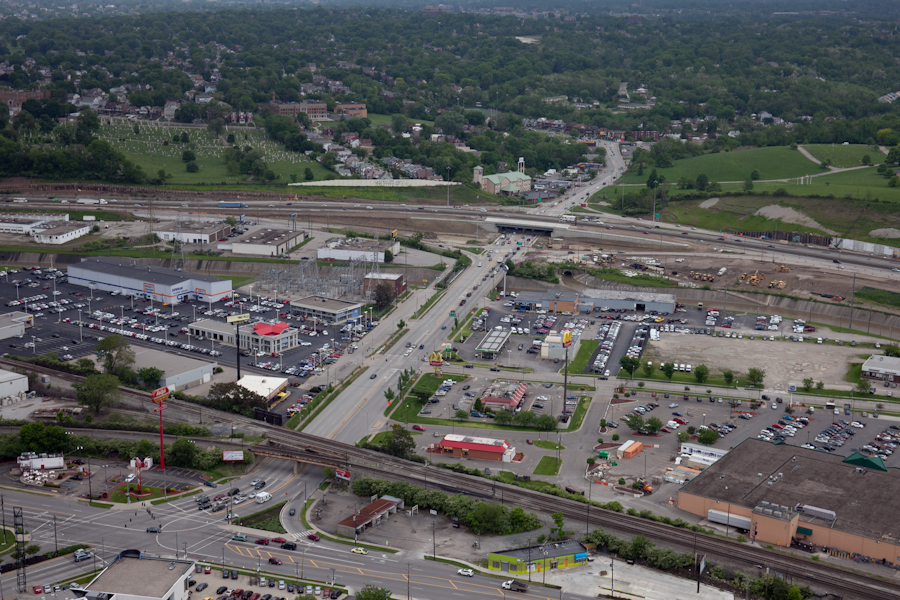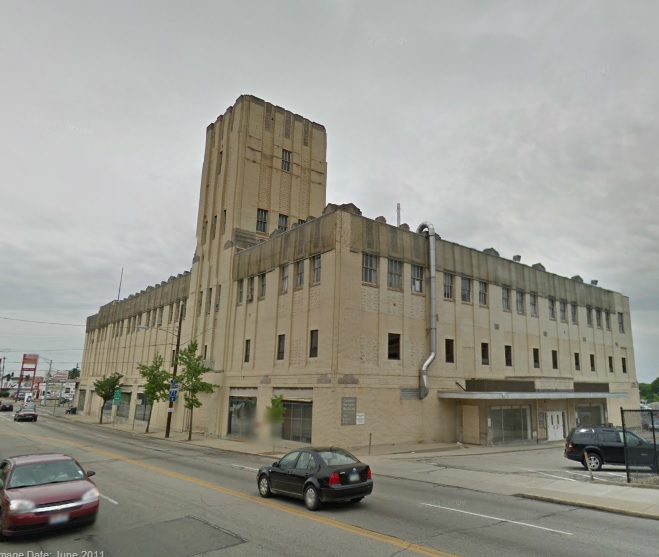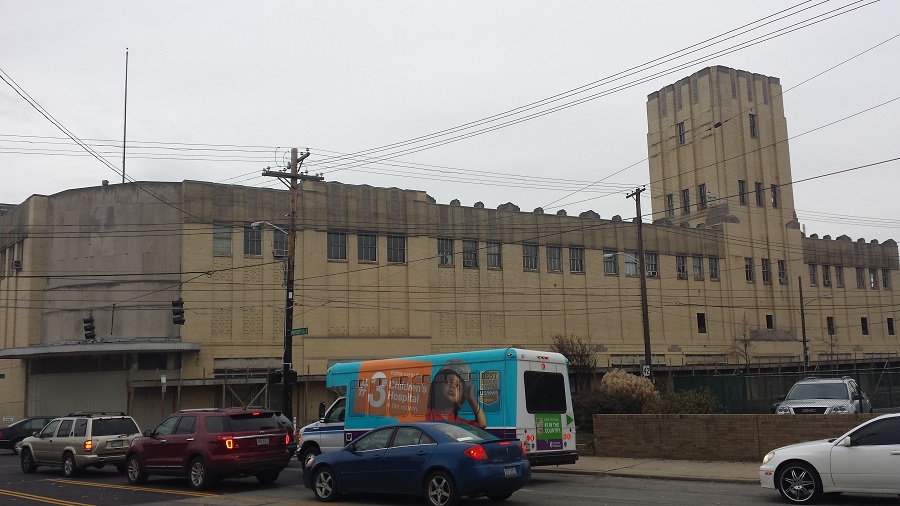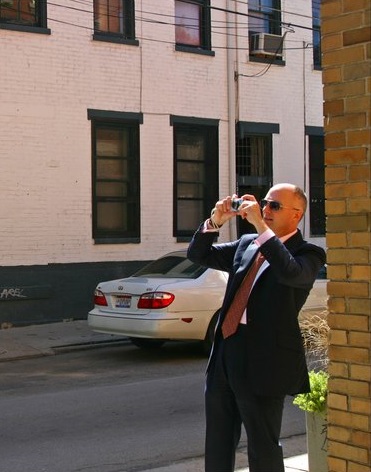
The weather has finally warmed up so we had decided to return the Moerlein Lager House to take in the view of the ever growing Smale Riverfront Park. As to avoid a conflict with a Reds home game, and also accommodate our special guest, this month’s URBANexchange will take place on Thursday, April 10 from 5:30pm to 8:30pm.
Our monthly URBANexchange will come one night after Aaron Renn, author of The Urbanophile, speaks at University of Cincinnati about the region’s sustainability and comparative advantages.
“It’s a great opportunity to share some of my observations on the city,” said Renn who told UrbanCincy he was contacted by the university in the wake of his commentary on Cincinnati’s streetcar debate last November.
“I plan to talk about the unique environments and assets of Cincinnati, the financial unsustainability of sprawl, how Cincinnati’s sprawl isn’t even close to the best anyway, and the barriers to execution in the deep community divisions.”
Renn’s guest lecture will take place at 5pm on Wednesday, April 9 at the Main Street Cinema inside the Tangeman University Center. Like our URBANexchange the following evening, the guest lecture is free and open to the public.
If you cannot make it to Renn’s lecture, or just want to get to spend more informal time chatting with him, you will have that chance at URBANexchange where he will be our special guest this month. The event will be a casual setting where you can meet others interested in what is happening in the city.
We will gather in the biergarten so that each person can choose how much or little they buy in terms of food or drink. Although we do encourage our attendees to generously support our kind hosts at the Moerlein Lager House.
We will be situated in the northwest corner of the biergarten (near the Moer To Go window), but you can also ask the host where the UrbanCincy group is located and they will be happy to assist.
The Moerlein Lager House is located on Cincinnati’s central riverfront and is located just one block from a future streetcar stop. If you choose to bike, there is free and ample bike parking is available near our location in the biergarten outside by the Schmidlapp Event Lawn.
